A term frequently spoken about by personal trainers and strength and conditioning coaches, progressive overload is a central concept to many types of physiological training programmes.
Those who fail to properly install it into their fitness regimes will usually find their progress platoeing and become unable to reach their potential.
But ensuring proper progressive overload will keep training fresh and prevent an athlete from losing interest.
So what do you need to know about progressive overload and how can it help you achieve your own long-term fitness goals? Built for Athletes takes a look.
What Is Progressive Overload?
Progressive overload is a principal that involves continuously placing more demand on the musculoskeletal system in order to improve the strength, size and endurance of muscles. In very simple terms, you must continue to work your body harder in order to improve its physical capabilities.
Types Of Progressive Overload
There are various ways in which you can carry out the principal.
When it comes to strength training, the most obvious is to increase resistance. By putting up the weight at which you perform each exercise, the muscles work harder and can become bigger in the right circumstances.
However, this can also put more strain on the joints so control must be maintained. Conversely, the number of repetitions you perform an exercise can be increased. If you normally bench press 60kg for four reps, go for 6. After those two straightforward methods, you can also tweak other areas of your training.
For example, increasing overall volume, which is the total amount of repetitions you complete across every set. Alternatively, you can decrease the rest time between sets or even have less rest days between sessions.
Conclusion
There are various ways you can add progressive overload to your regime, but there is no one-size-fits-all solution.
Find a method that works for you and find the right way to increase volume and workload to improve both endurance and strength.




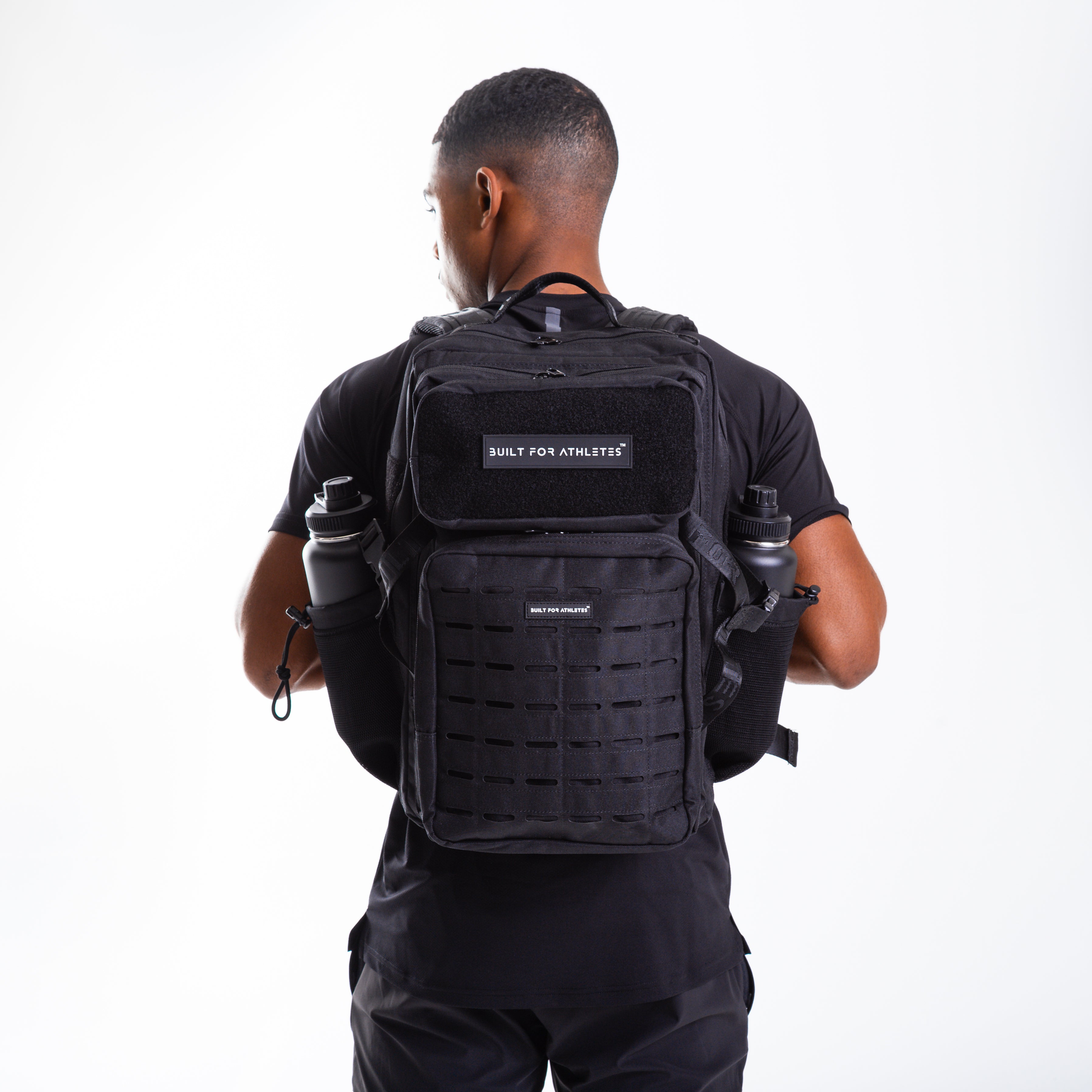
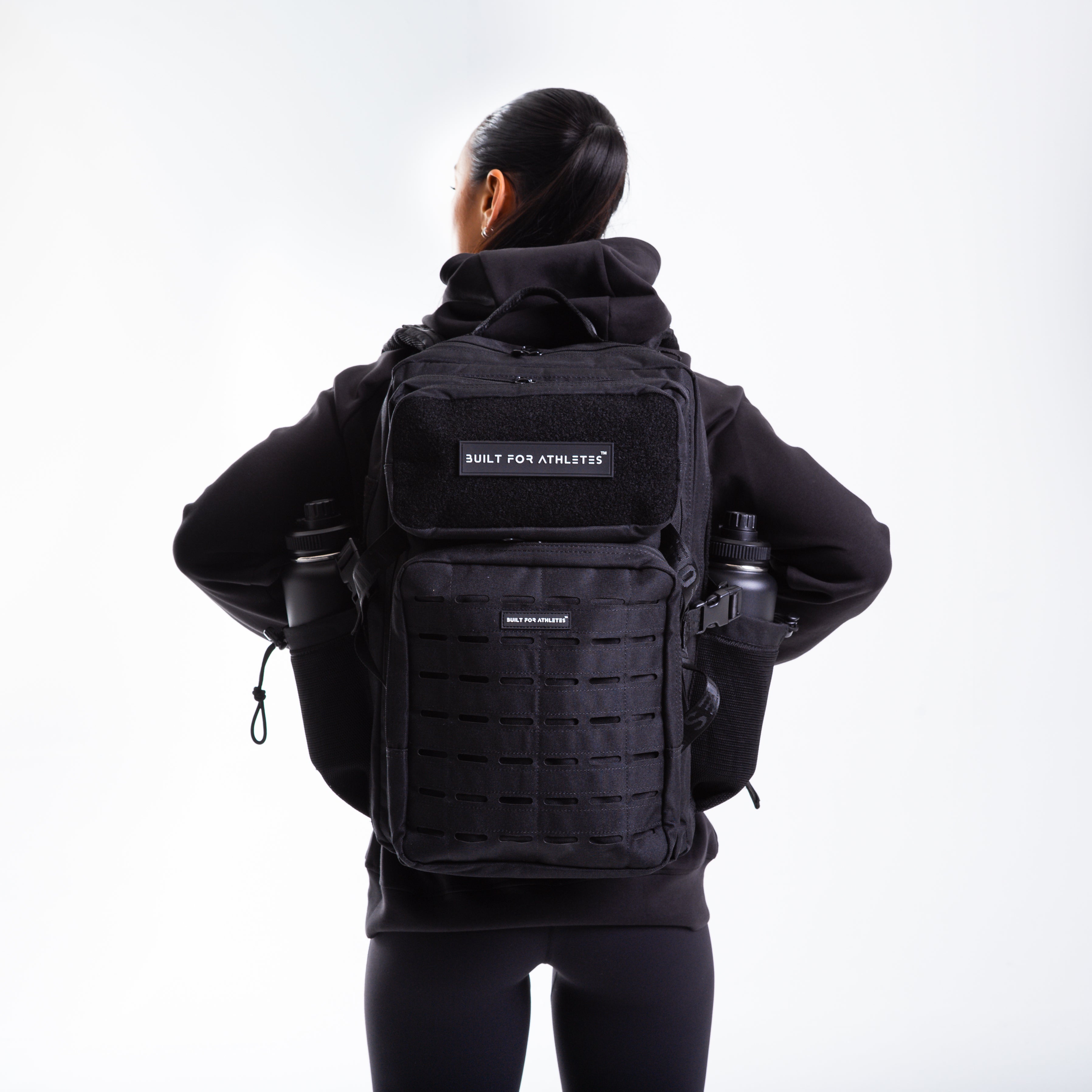
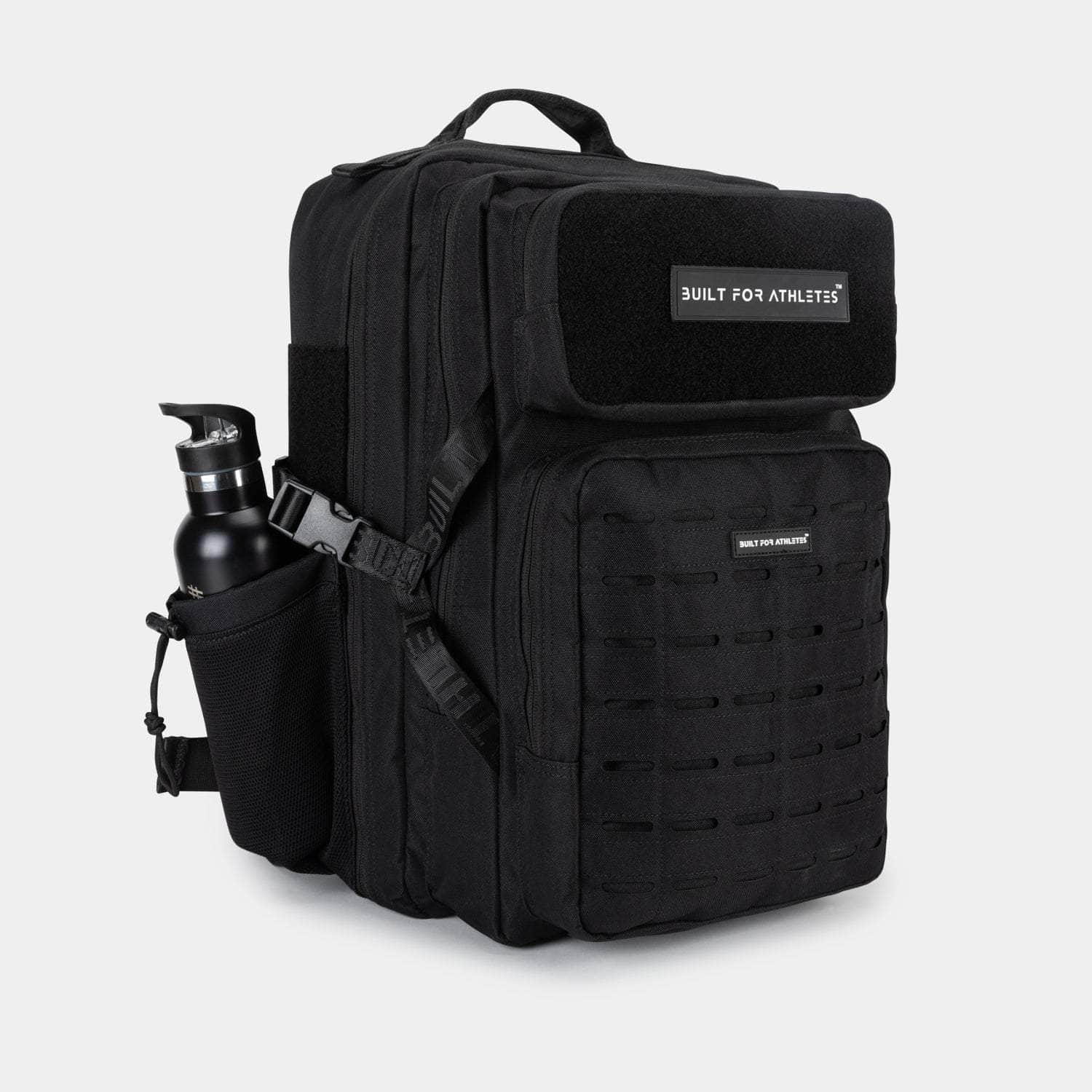





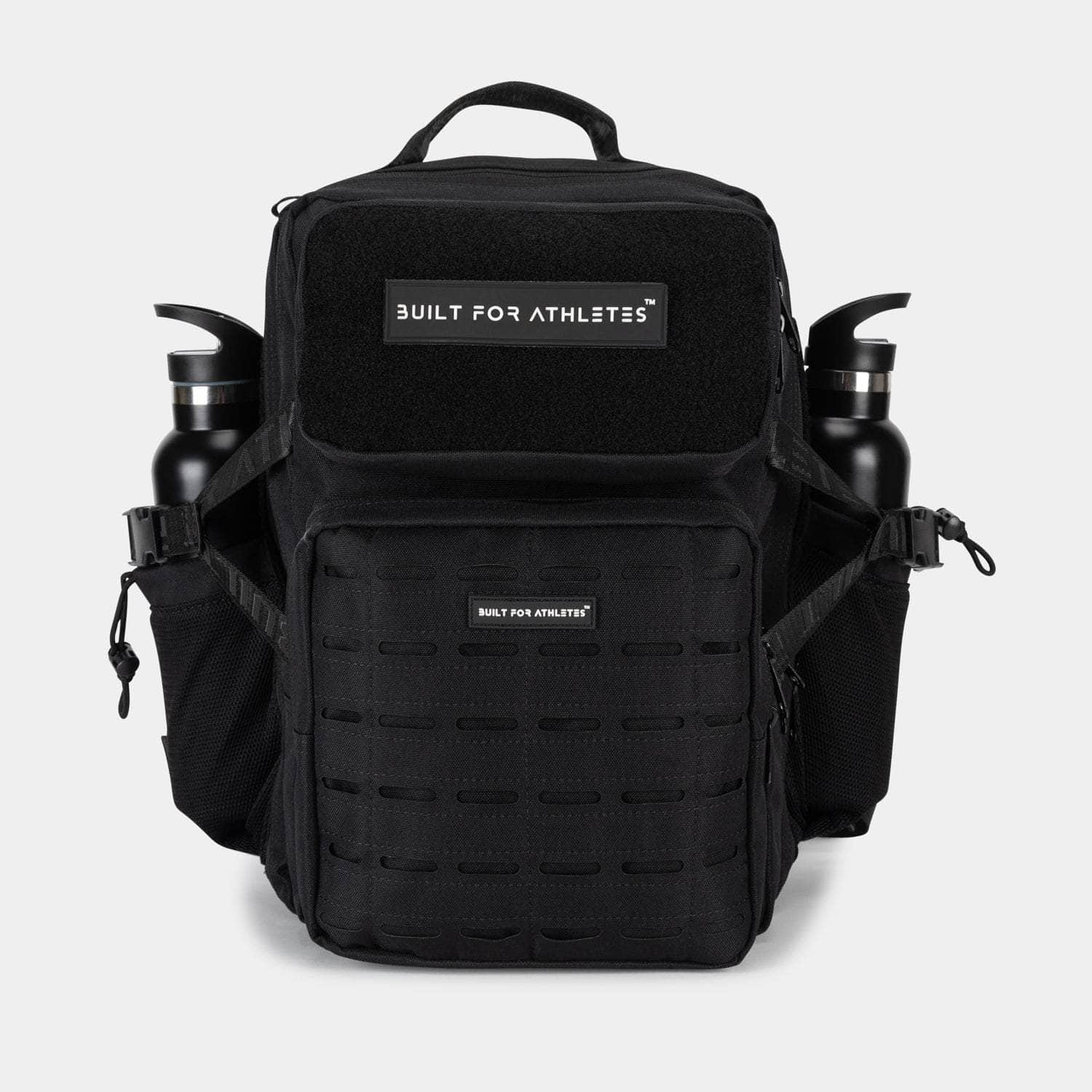


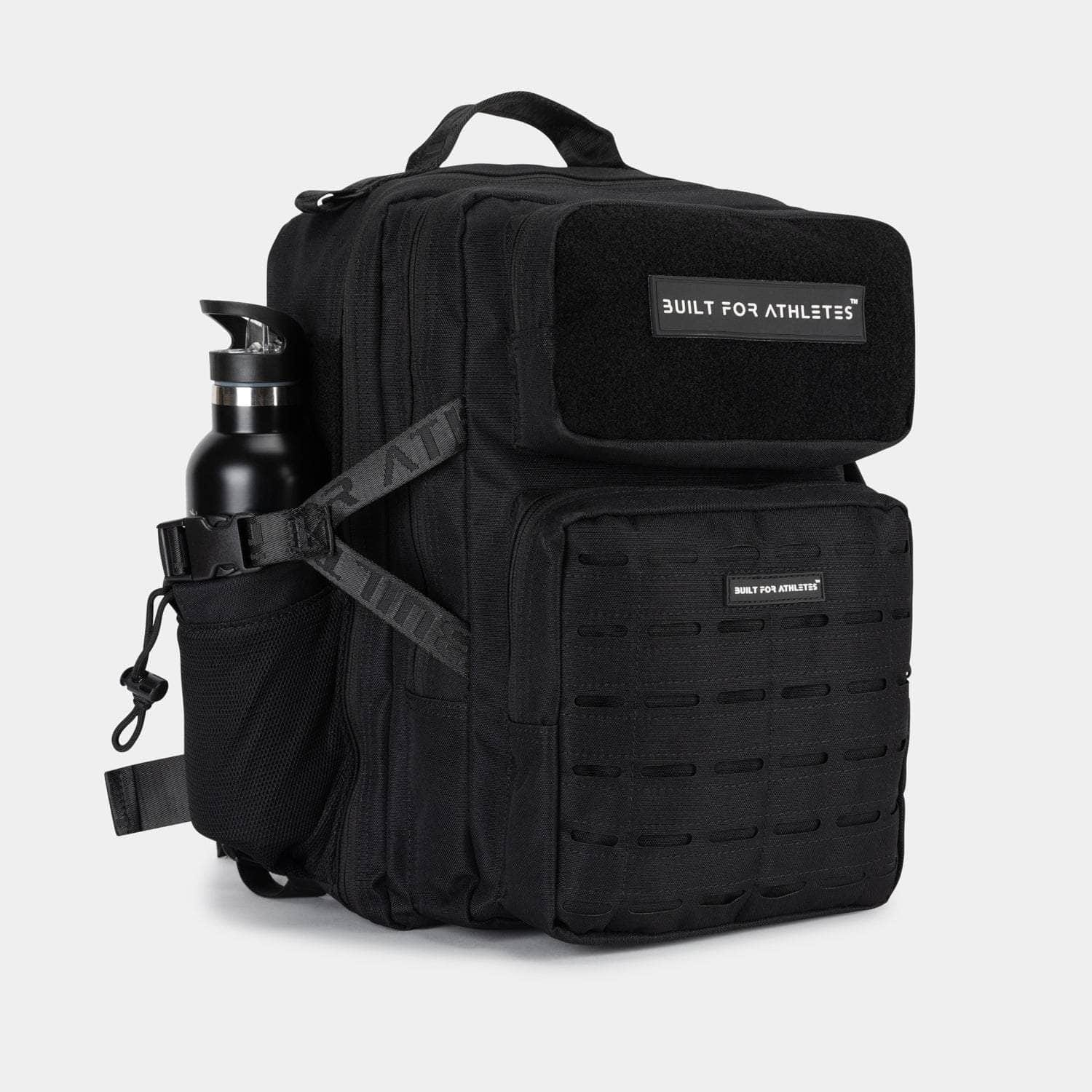



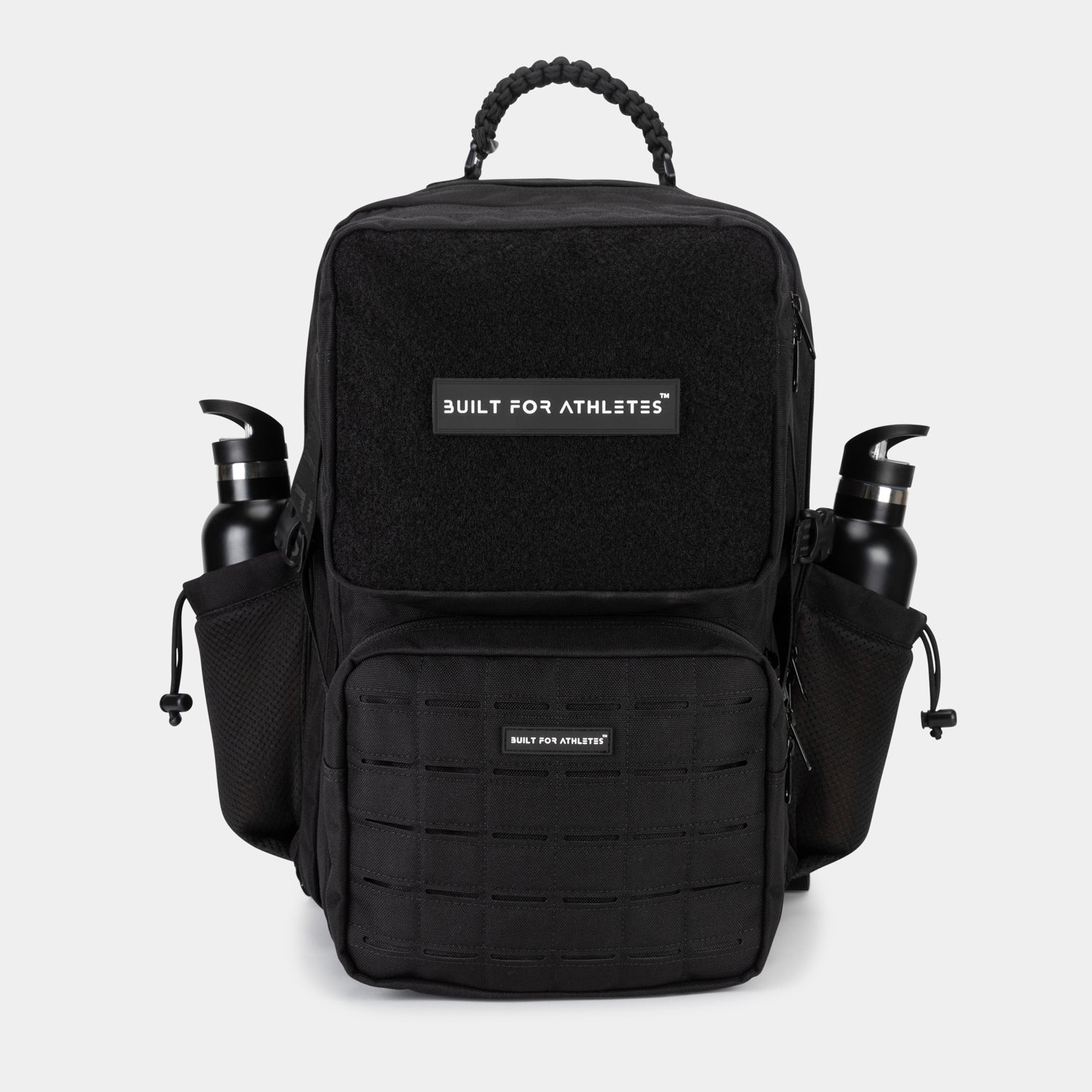

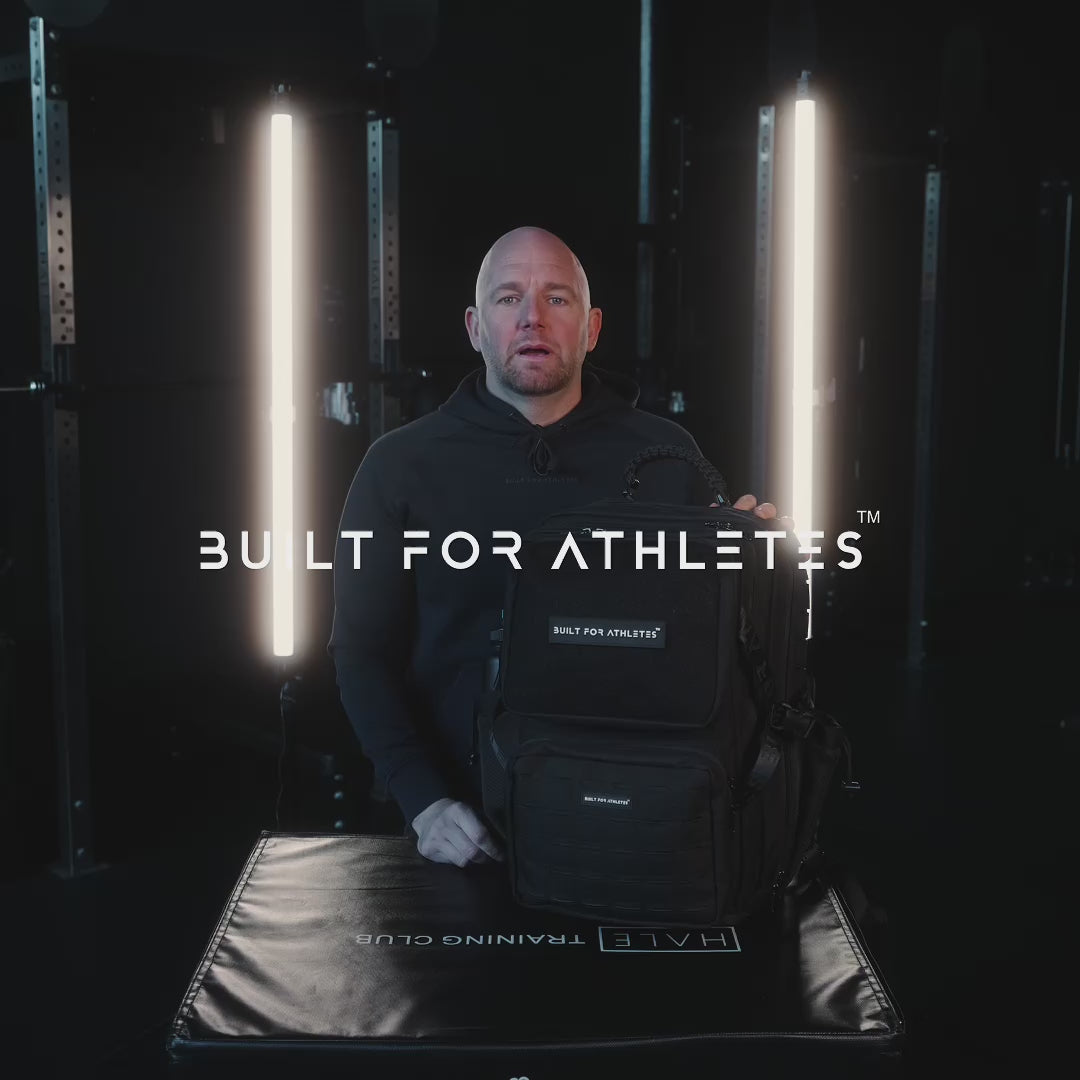









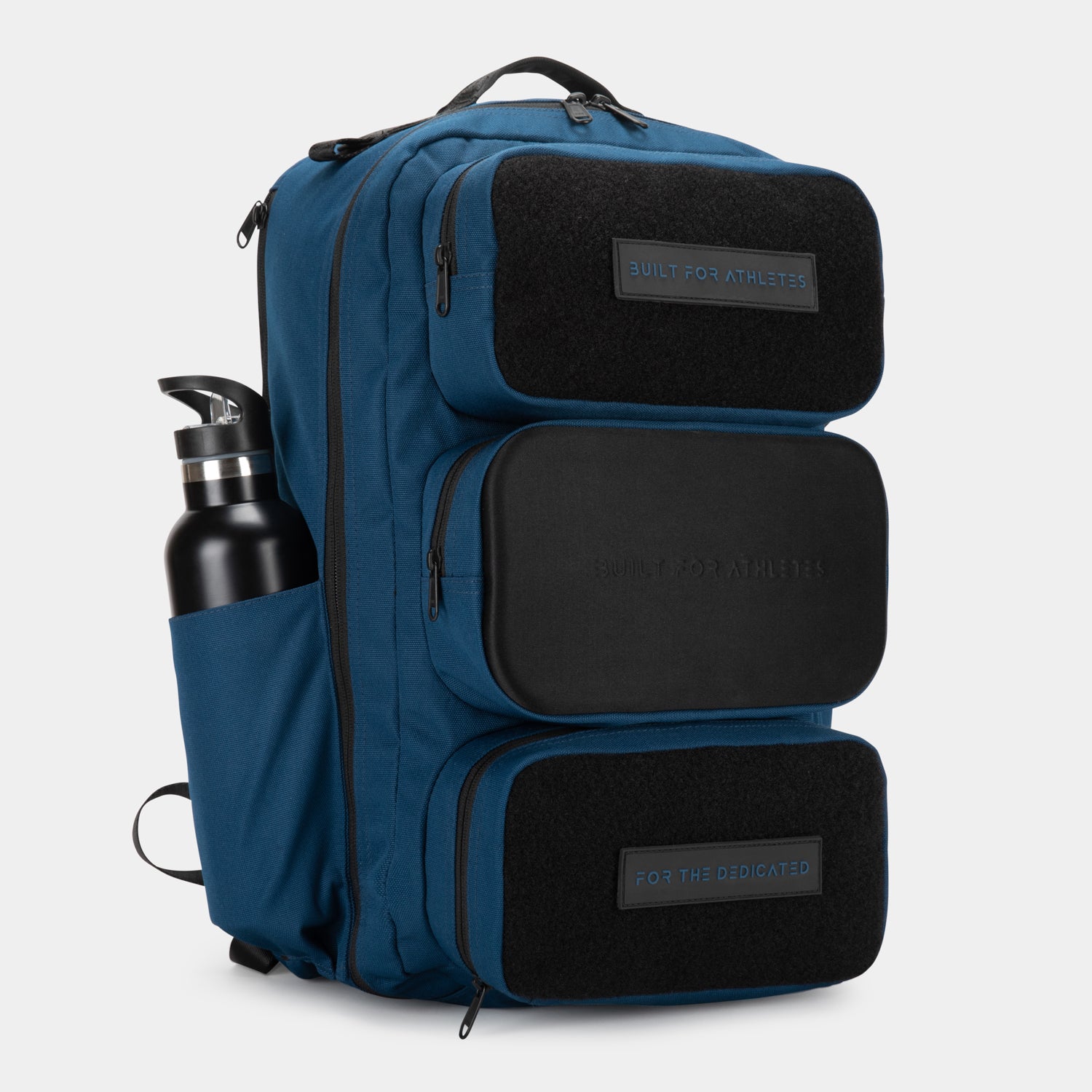
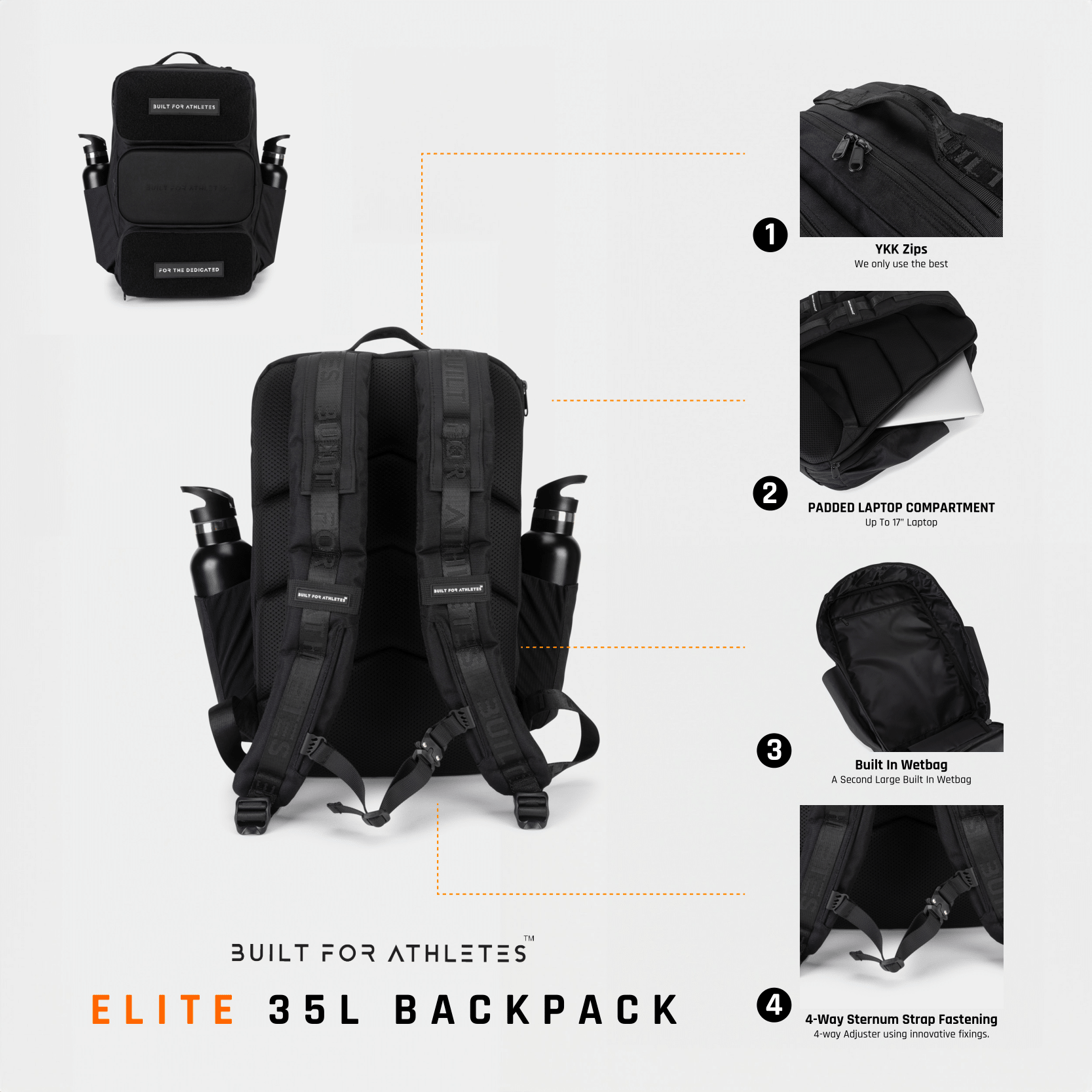






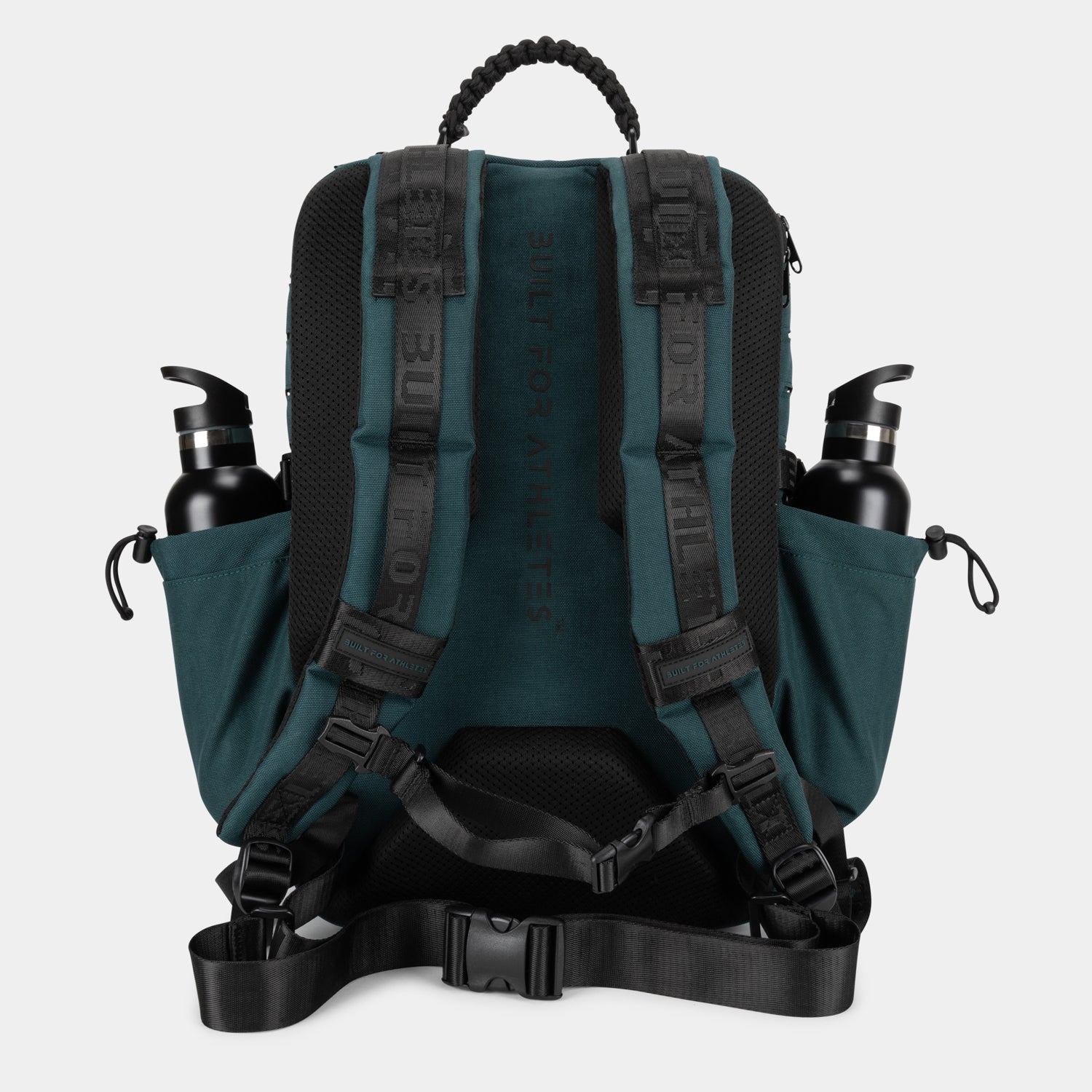
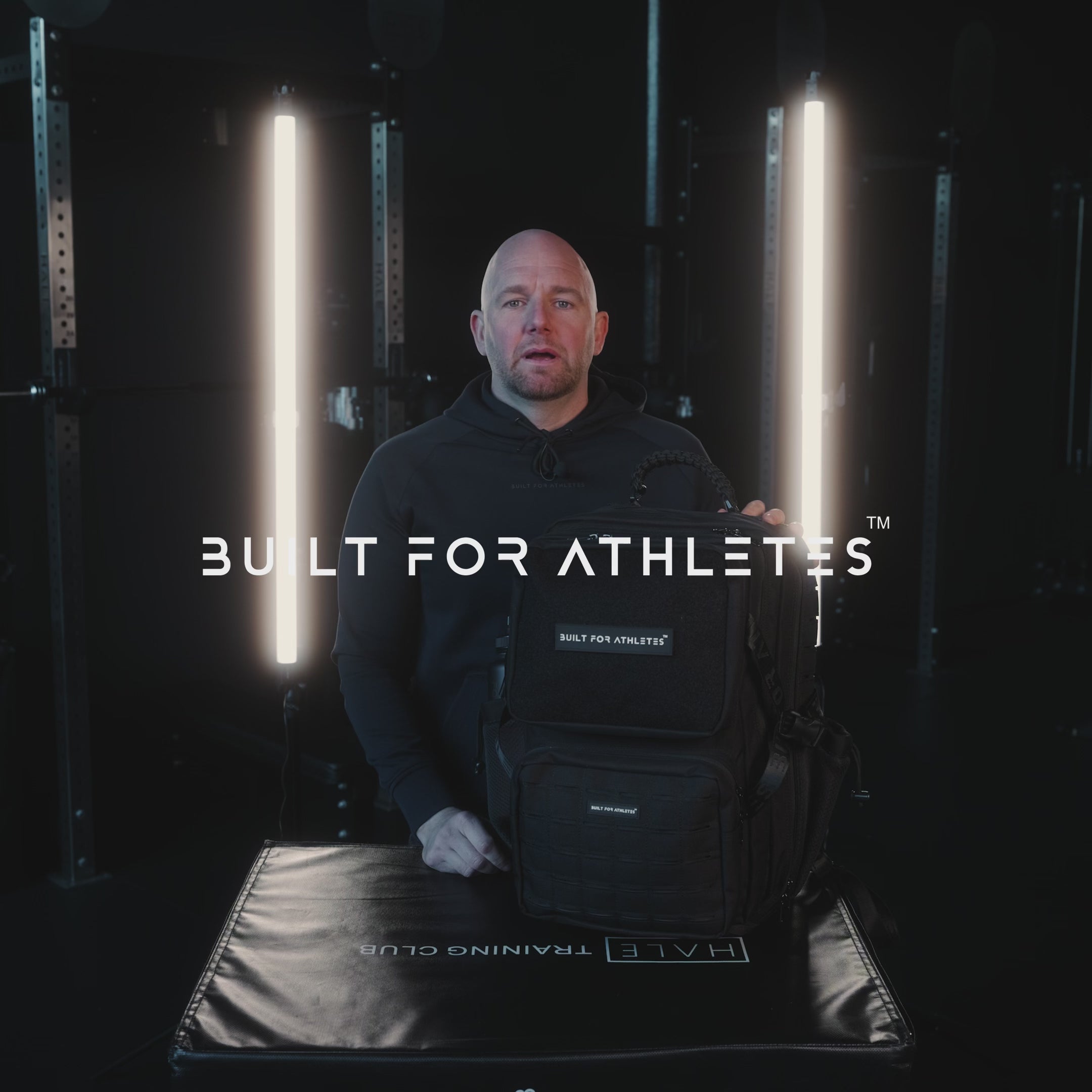

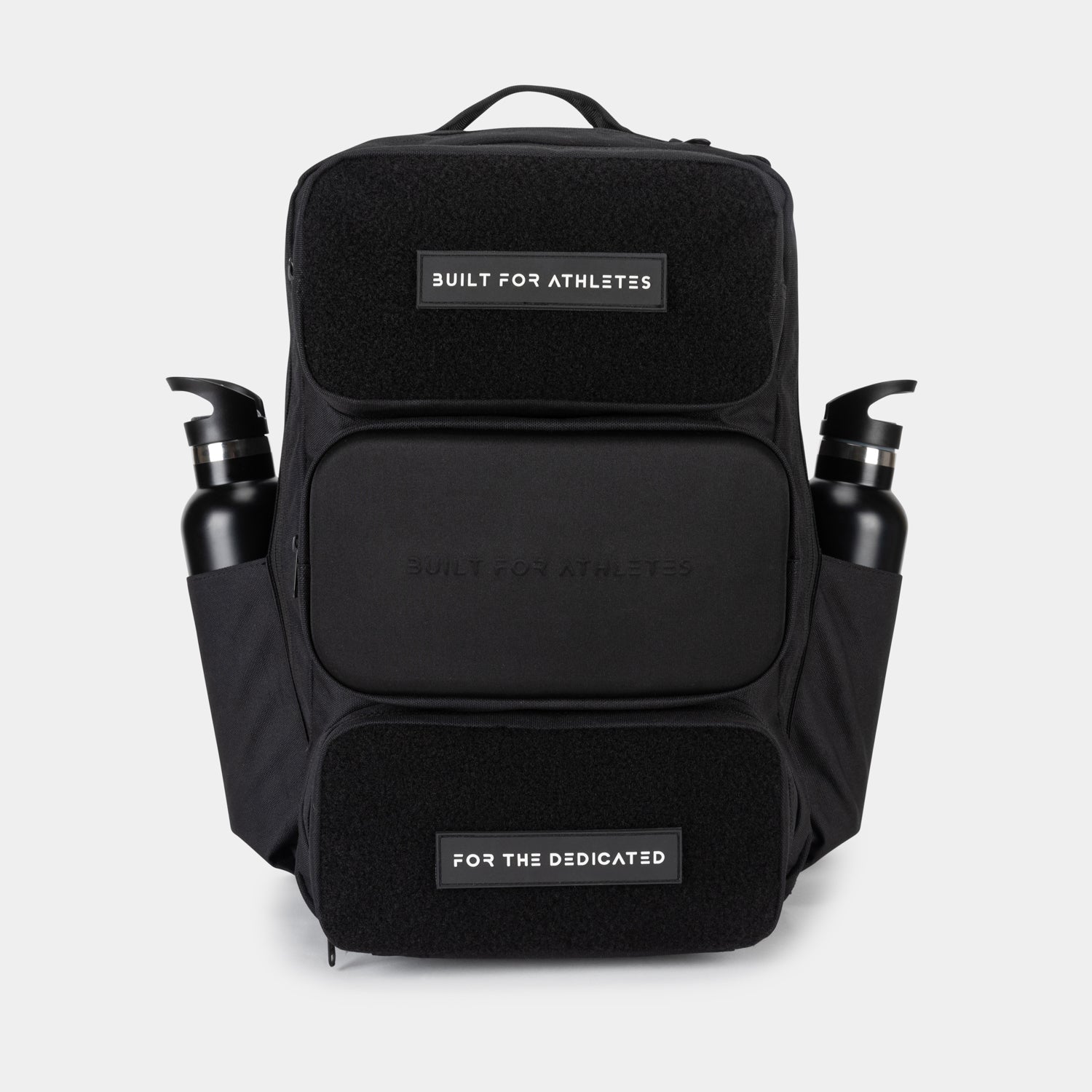
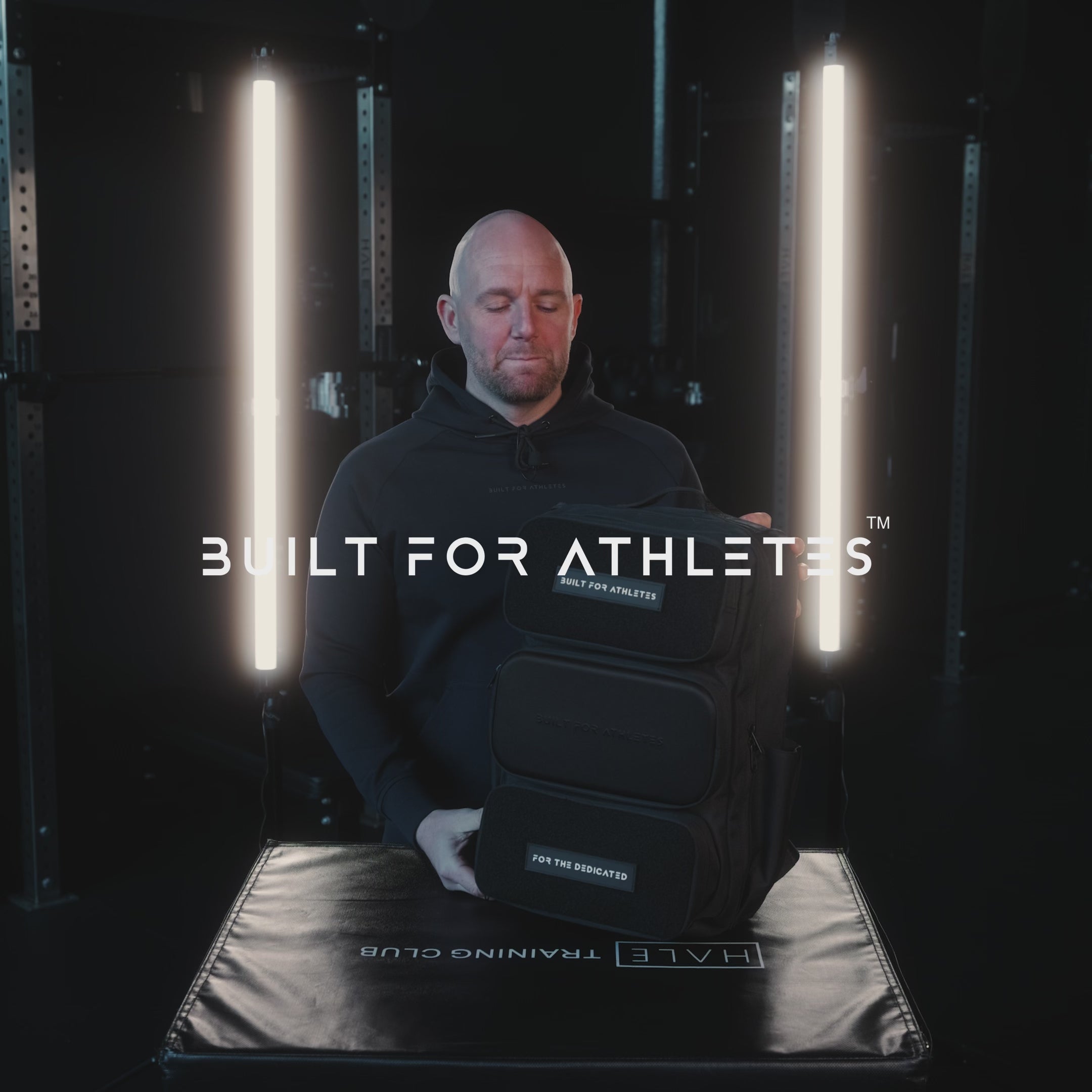
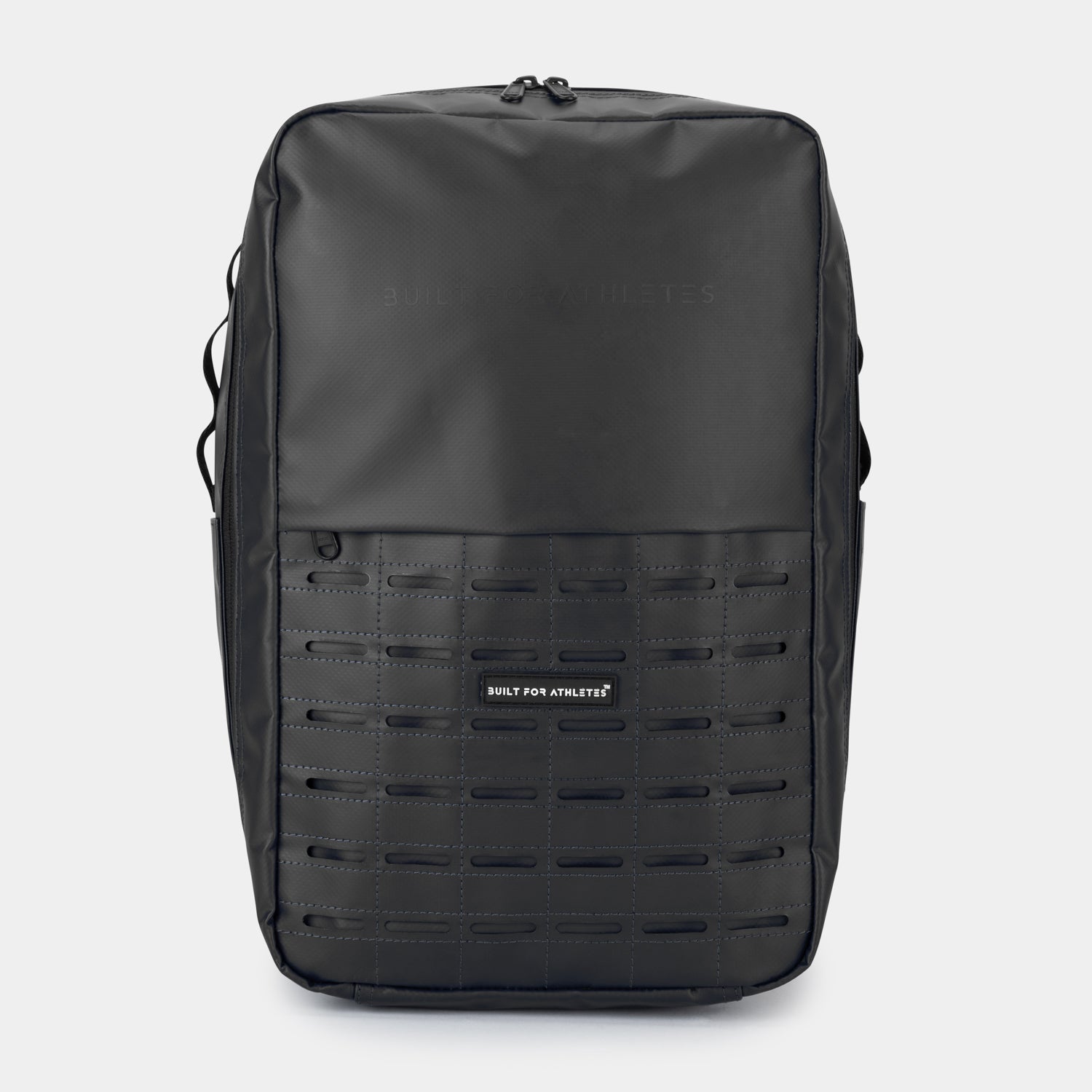
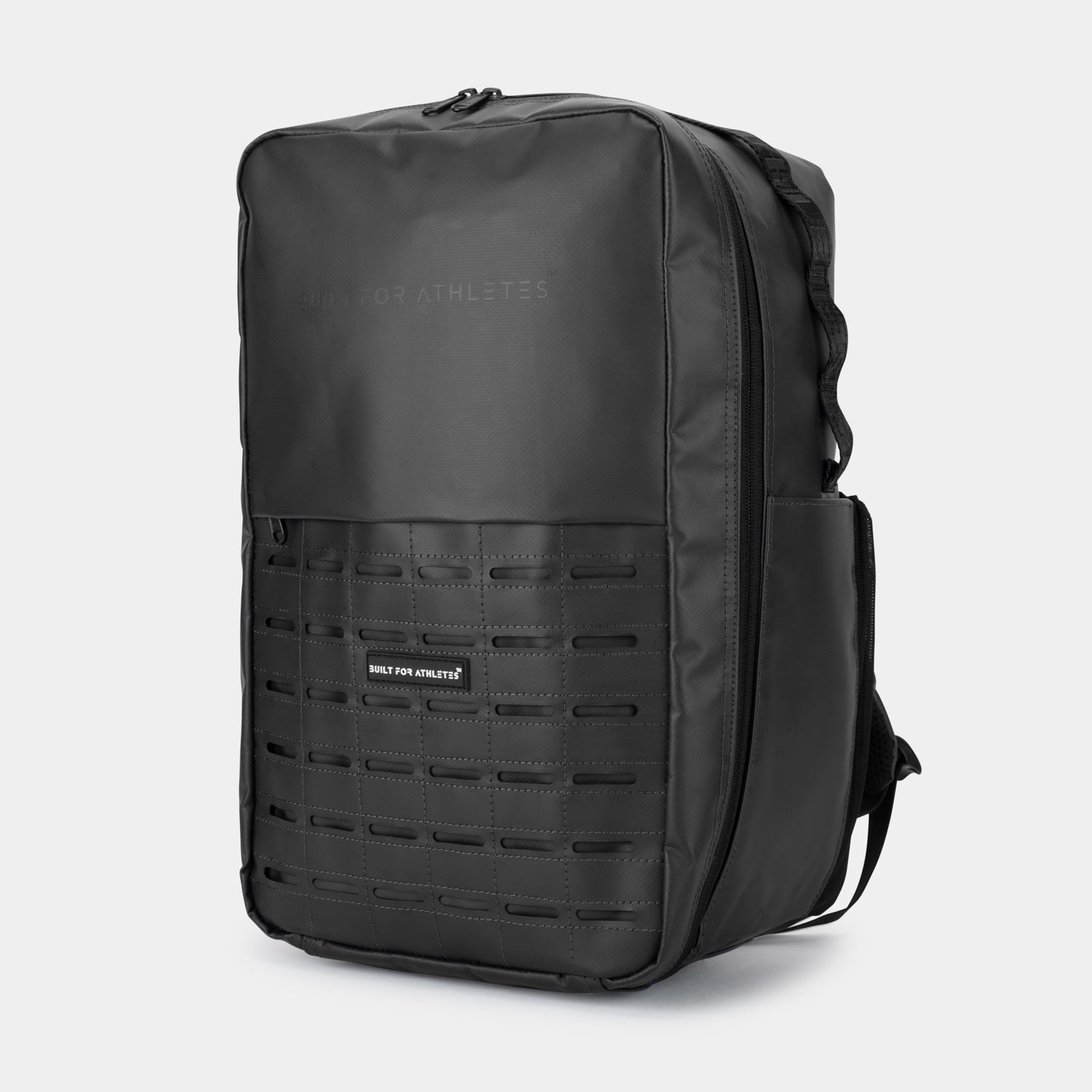

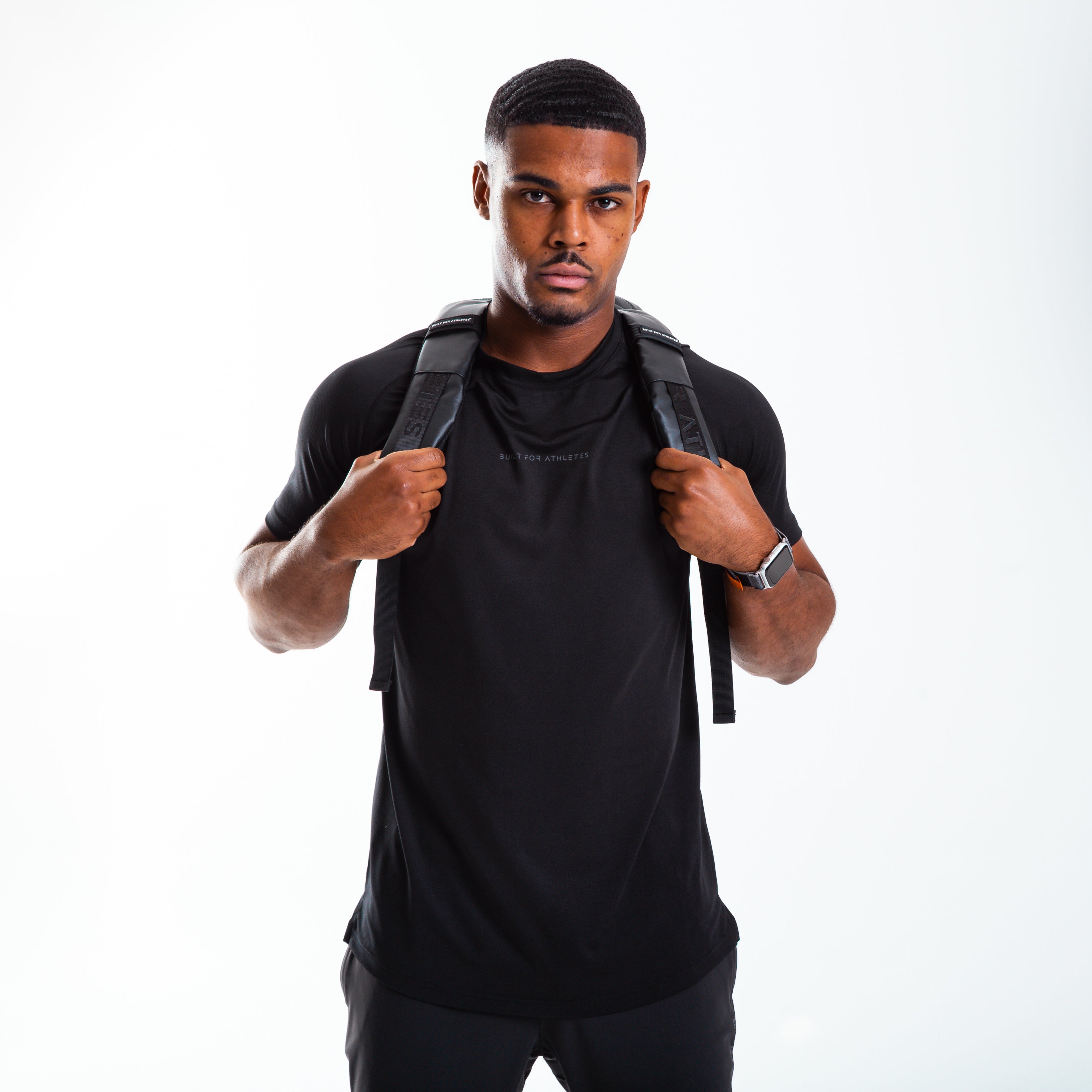



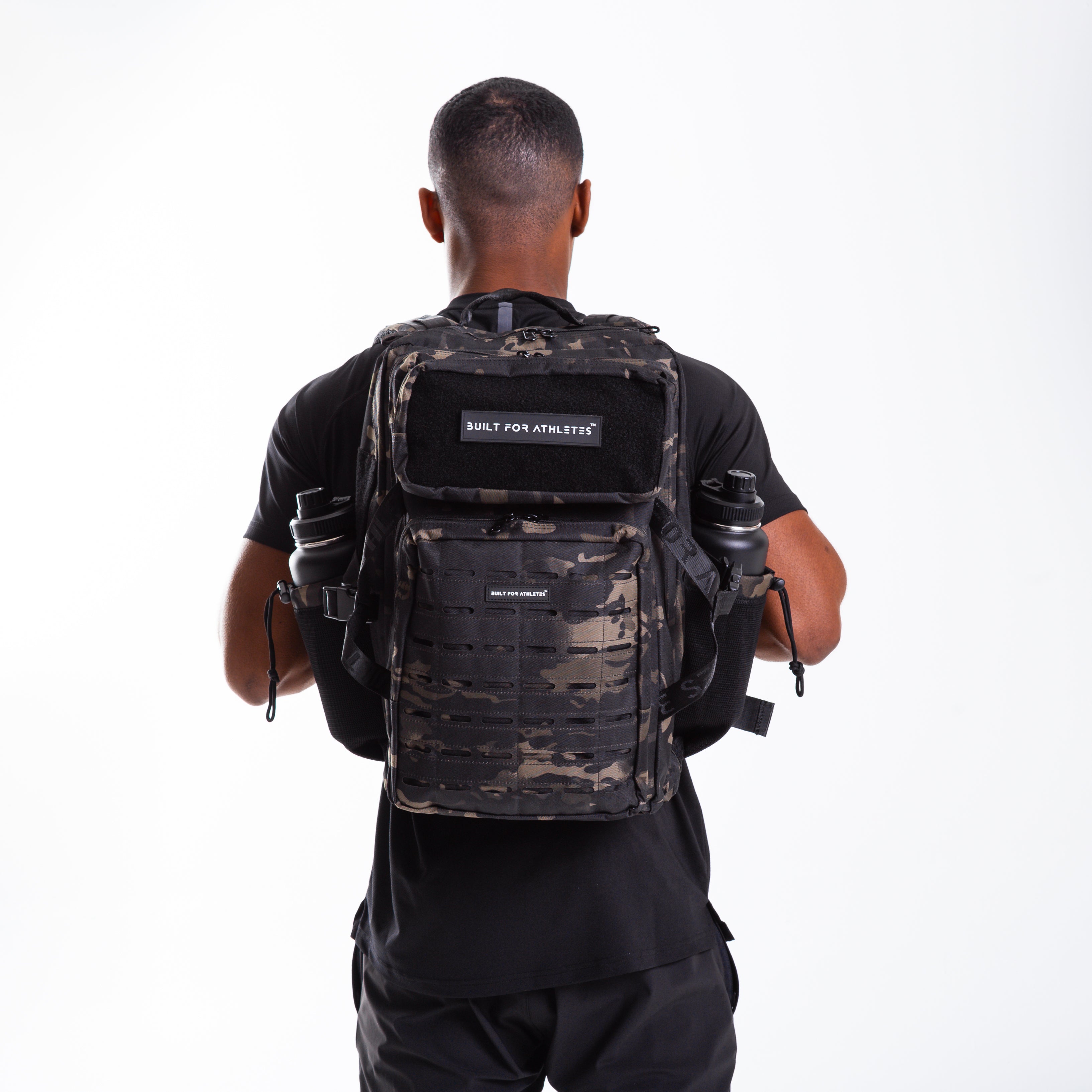

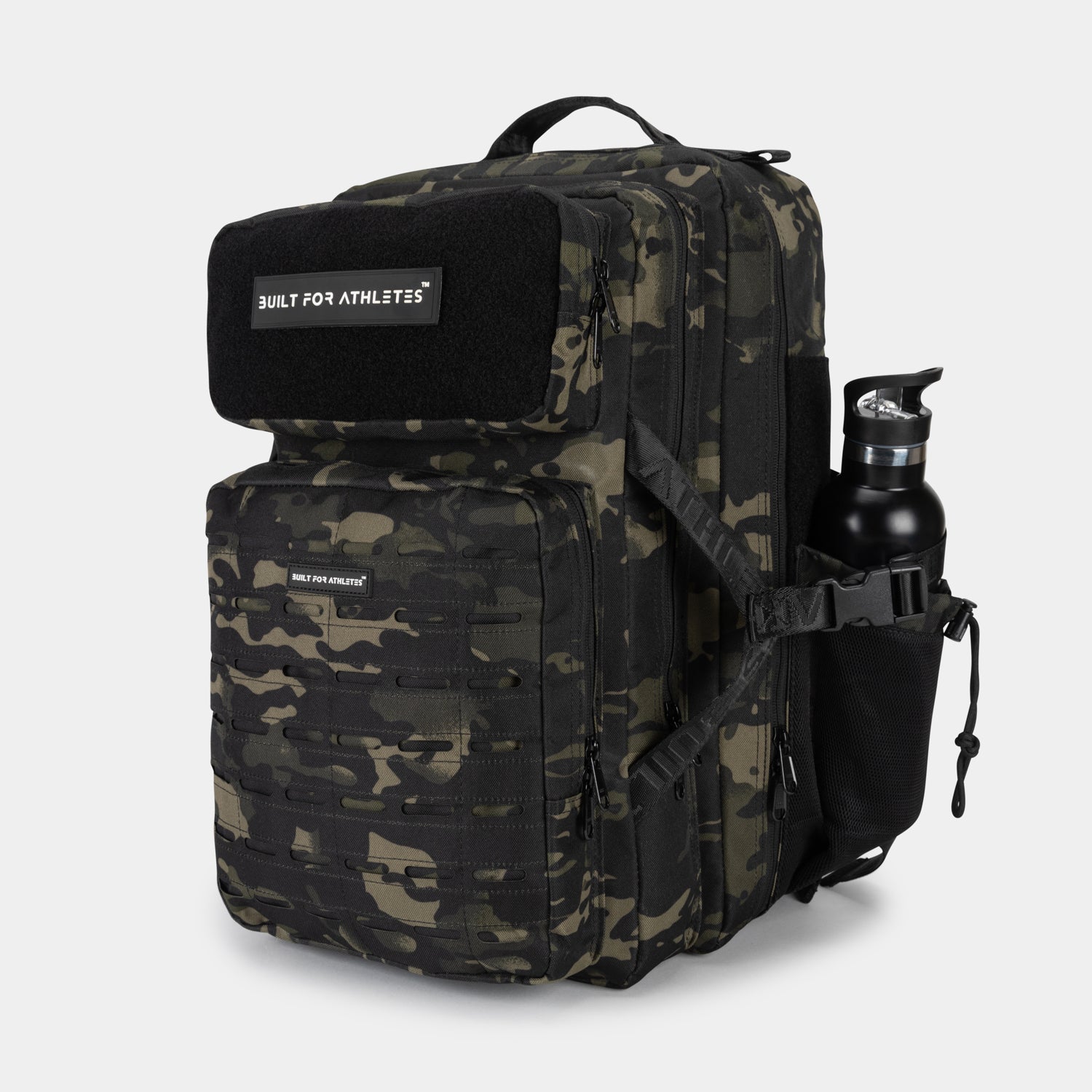
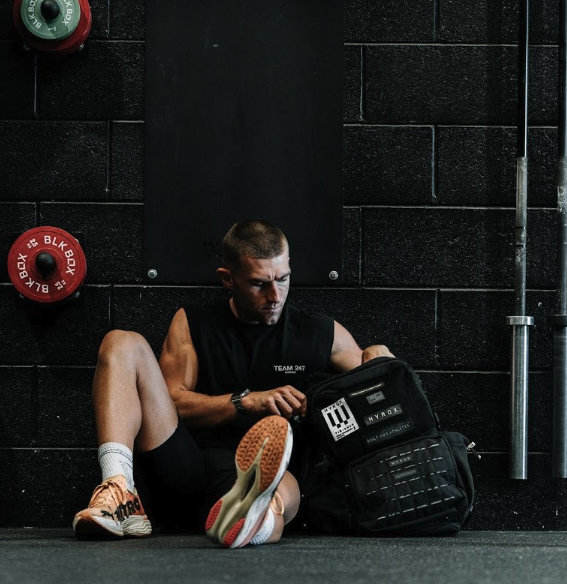
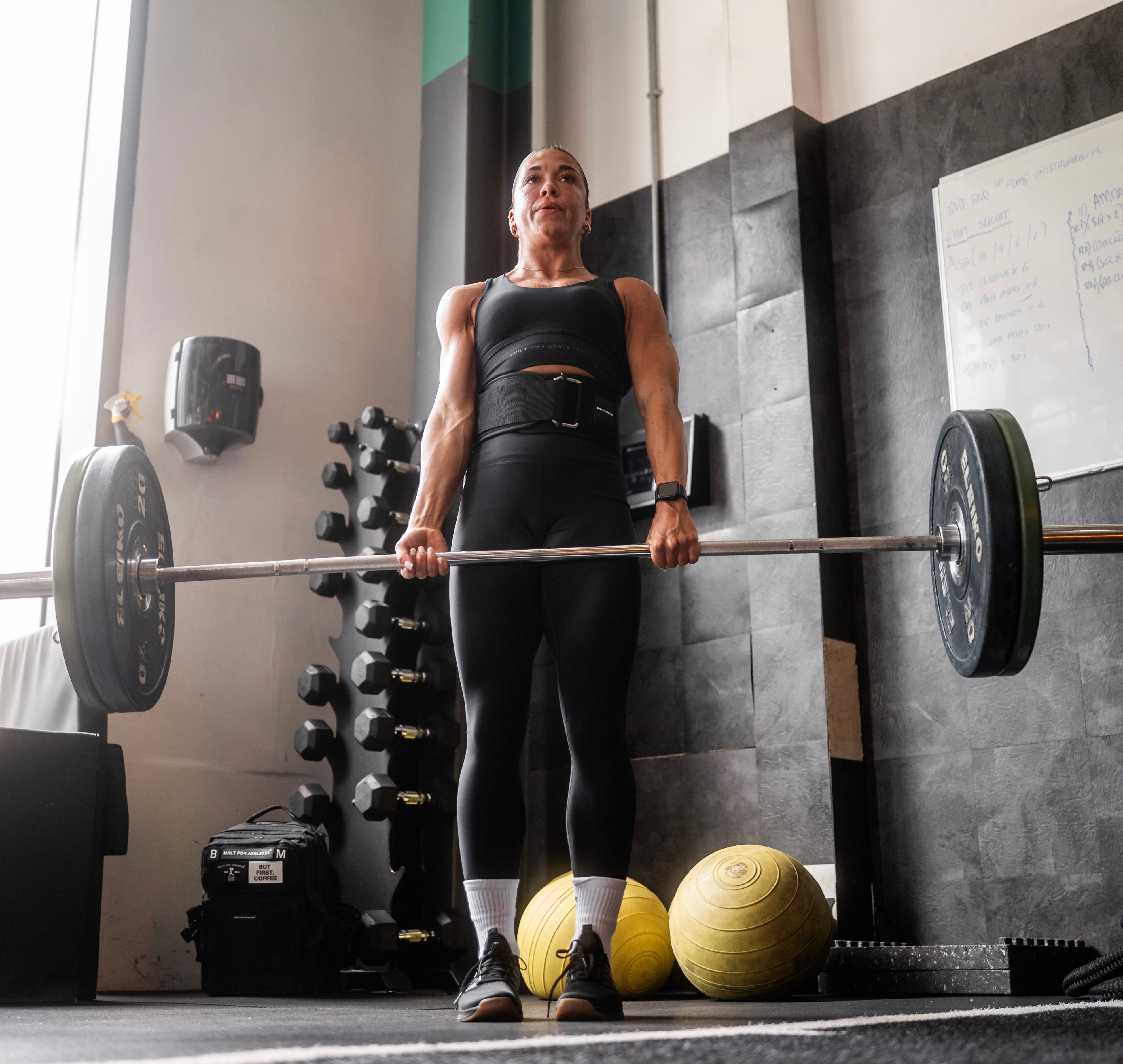
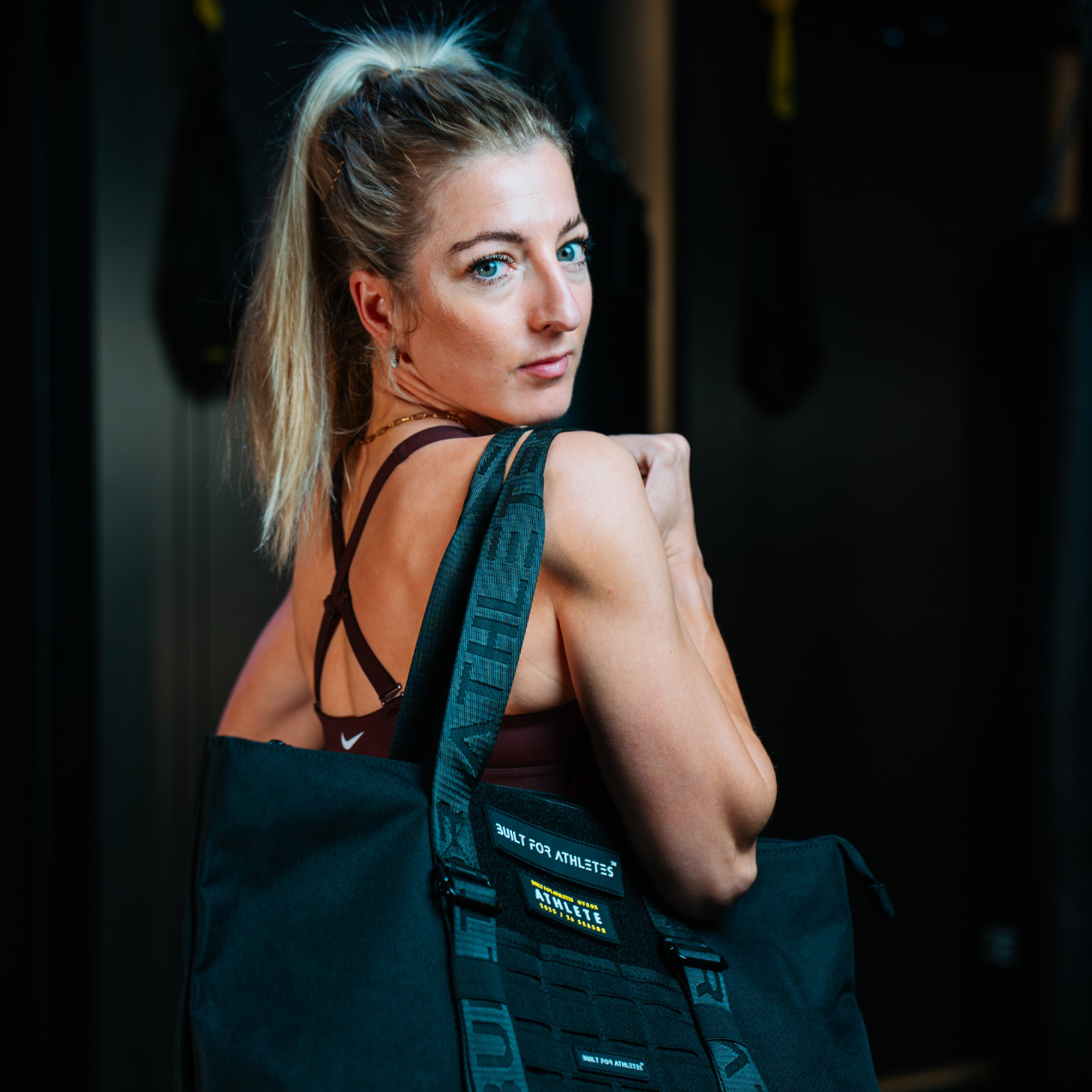
Share:
8 Inspirational Fitness Accounts To Follow On Instagram
7 Vegan Protein Sources